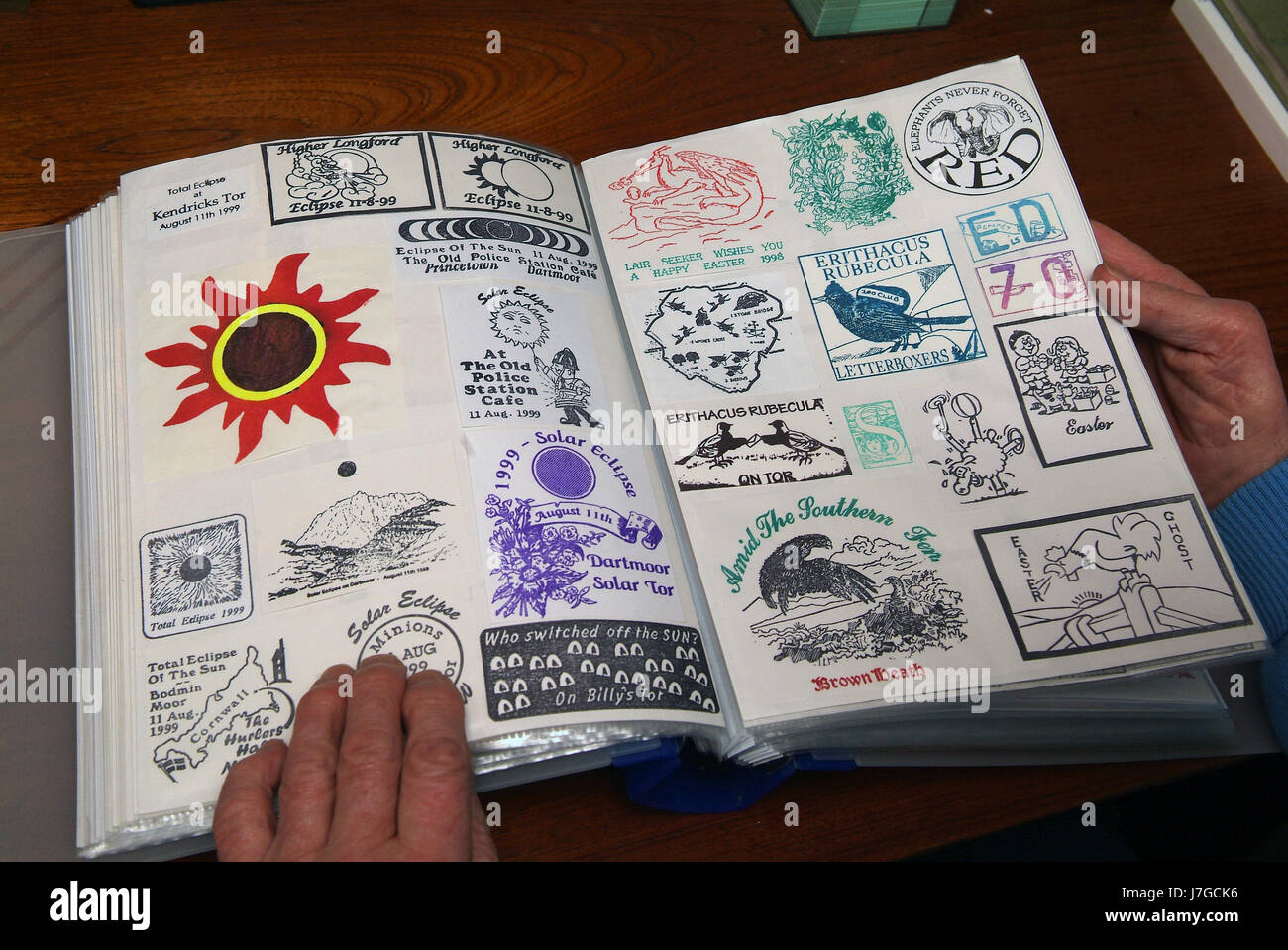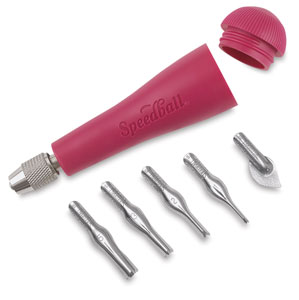I have been looking forward to sharing this project since we started it .... in NOVEMBER!
It was a long one with many many steps, but these Fuller Meadow Grade 2 artists
persevered and finished their projects with gusto.
A while ago, I pinned these swing scenes from Krokotak to one of my Pinterest boards. Since I love anything whimsy, I immediately feel in love with these boxes and I have been waiting for the chance to develop them into my own lesson ever since!

If you are like me, you probably cringe when ever you hear the word diorama. I think it brings me back to the cliche projects of my youth. Everything I learned seemed to end with a diorama.
I wanted to make sure these boxes had much more depth to them and
that students would love making them....and they did!
These Swing Scenes can be broken up into 2 main parts, the figure and the box scene.
First step, collecting the boxes. You are going to need to search high low for boxes for this lesson as each student will need one. I also wanted to make sure they weren't too big, as they would over power the size of their figure self-portraits. I requested children's size shoe boxes. Bigger ones definitely came in but I only used them if I was running very low. Start collecting boxes while students are working on their figures so you can be sure you have them in plenty of time.
Part 1: Figure Self -Portraits
Day 1: Gesture Drawings: I wanted to make sure that students were truly learning skill as they developed their figure selfies. We started out with a day of warm ups, capturing gestures with different poses. 2nd graders did a great job with this and especially loved it when they got to be the subjects! (you could skip this step to save time - but it was a very fun day.)
Day 2: Guided Drawings: This is where the meat of the drawing came in.
As first graders, we studied the proportions in the face so it seemed fitting that in grade 2 they learn about the rules for drawing the figure. I pre-lined paper for them into 8 sections and we learned how to fit the proportions of a child into 6 of those sections.
They took their drawings from stick figures to shape figures.
Day 2-3: Final Copy Transfer: Once students had their shape figures on their paper it was time to transfer their drawings to final paper. Rough drafts were outlined in sharpie, but it still became difficult to see through the paper. We got creative in order for every student to successfully trace their drawing. Students used light boxes, windows in hall,and outside windows. Basically, any surface that would allow more light to shine behind their papers worked as a transfer spot. Once drawings where transferred, they added clothes, faces, and color!
Part 2: Box Scenes
.
Day 1: Time of Day: Students were asked to envision what time of day their swing scene would take place. We brainstormed all different times of day and discussed how we can use different hues to represent that time of day.
Day 2-3: Perspective using Foreground, Middleground, Background: Next step was to choose a place for their scenes. 2nd graders examined how to use 3 layers of a landscape to show depth in their boxes. Students were tasked to create 3 layers using oil pastel and cut paper. They showed such creativity as they brought their scenes to life. Each box represented a unique time and place!
Day 4: Assemble Swing: Finally these 2nd graders were ready to put their finished boxes together. They could choose between a flat seat swing and a tire swing. Students used twisteez as their swing wire. Figures were cut out glued to their swings and they were finished!
Phew!! That was a huuuuge undertaking.
But we actually weren't done yet....each student had the chance to bring their swings to life using stop motion animation. Check out my next post to learn how we did it!















































